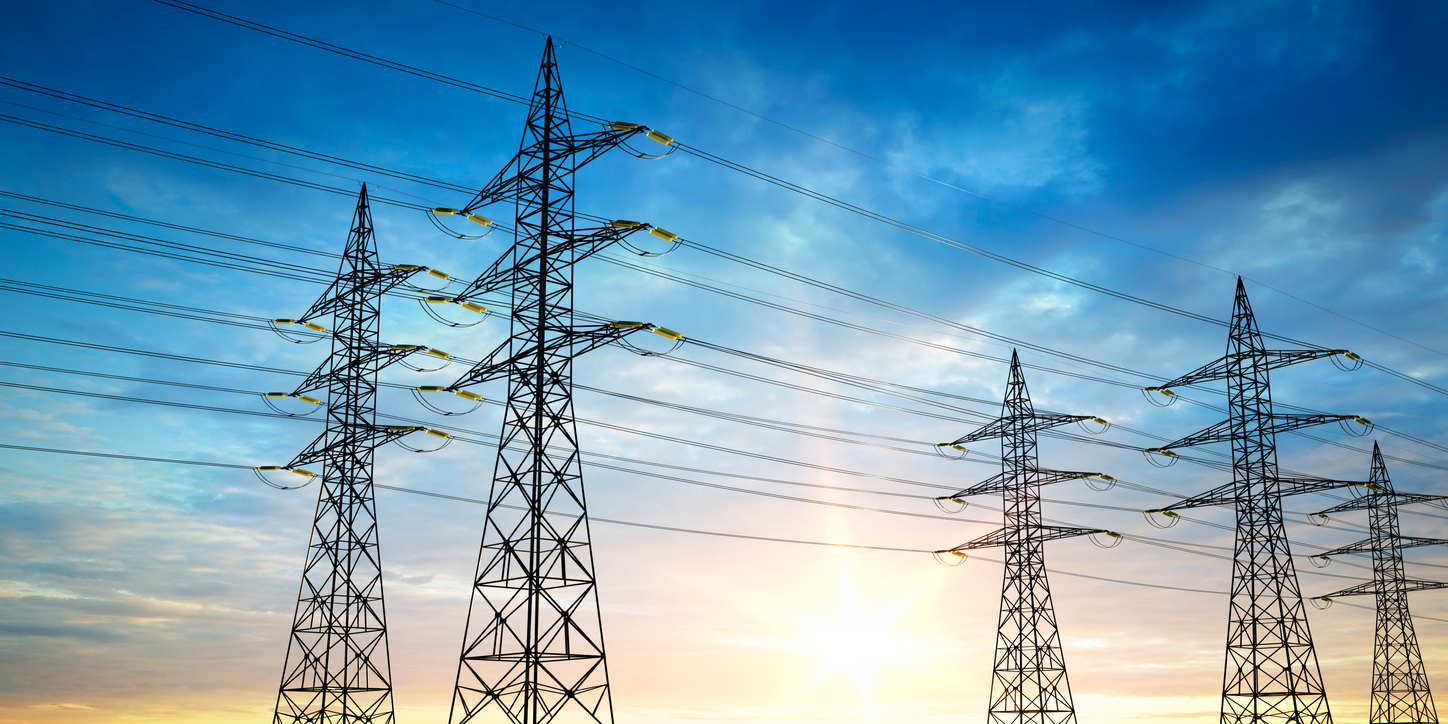According to data from the U.S. Department of Energy, forty states, including Louisiana, are experiencing longer outages, with the problem being most severe in areas experiencing more extreme weather. Blackouts can be dangerous, even fatal, to the elderly, disabled, and other vulnerable communities.
As utilities upgrade decades-old transmission lines and equipment, power grid maintenance costs are skyrocketing. Customers who experience more frequent and longer weather outages will pay more for electricity as a result.
"The electric grid is our early warning system," said Alexandra von Meier, a grid expert at the University of California, Berkeley. "Climate change is here, and we're already feeling the effects."
4 key takeaways
Weather disasters are causing an increase in the frequency of blackouts, which are now occurring on a seasonal basis across the country.
According to the AP investigation:
The number of outages caused by severe weather increased from about 50 per year in the early 2000s to more than 100 per year on average over the last five years.
The frequency and duration of power outages are at their highest levels since reliability tracking began in 2013 — with U.S. customers experiencing more than eight hours of outages on average in 2020.
Louisiana, Maine, and California all saw at least a 50% increase in outage duration, despite residents incurring mounting interruption costs over the years.
Power outages have impacted tens of thousands of people in California who rely on electricity for medical purposes.
To identify weather-related outages, the AP analyzed electricity disturbance data submitted by utilities to the US Department of Energy. The study also looked at utility-level data for outages lasting more than five minutes, including how long they lasted and how frequently they occurred. Department officials declined to comment.
Louisiana is experiencing power outages.
The combination of vulnerable infrastructure and climate change has the potential to be lethal: Heat killed or contributed to the deaths of at least 21 people after Hurricane Ida knocked out power to much of coastal Louisiana last year, according to local coroners.
According to coroner's office records, heat caused nine deaths and contributed to ten more in New Orleans alone. The majority of those who died were elderly and African Americans. Spokesman Jason Melancon could not say which victims were without power, but 75 percent of the city was still without power when the majority of the victims died.
David Sneed, 65, died in his wheelchair on the 12th floor of a subsidized apartment where he had been without power for several days following the storm on Aug. 29.
According to Rev. Ken Taylor, a professor at New Orleans Baptist Theological Seminary, where Sneed was a doctoral student, Sneed was obese and had a cognitive impairment that made walking difficult, so he used the wheelchair most of the time.
Heat-related fatalities
Three days after the storm, Sneed called Taylor in a panic, saying he couldn't leave because the elevator in the building wasn't working. So Taylor went to Sneed's apartment the next day to bring him food and water — and it was 100 degrees outside, with no windows open.
When the professor returned the next day, he discovered that the elevator was operational. Sneed stated that he would go down to the first floor, where it was cooler. But when the reverend returned to check on him, Sneed remained silent.
Sneed's body was slumped in his wheelchair in the bedroom when an apartment employee opened the door.
Taylor speculated, "I speculate that he had rolled into his bedroom to put on some pants to go downstairs... and the heat or his heart or a combination of the two" killed him. According to the coroner's office, Sneed died as a result of heat exhaustion.
Entergy's grid is getting old.
Storms have a high financial cost — Louisiana's largest power company estimates that the damage from the hurricanes of 2020 and 2021 will cost $4 billion. State regulators have approved $3.2 billion of that, which Entergy Corp. estimates will add $8 per month to the average residential bill for the next 15 years.
Grid problems, as well as the costs of repairing them, are expected to worsen in the coming decades, according to U.C. Berkeley's von Meier.
The majority of power transmission facilities are now at least 25 years old, and much of the grid was built decades ago. According to Department of Energy data, this has forced utilities to quadruple their spending on the US transmission system since 2000, to around $40 billion per year.
Billions more will be spent, with the costs passed on to consumers, but von Meier believes that these efforts will fall short of meeting the challenges posed by climate change. "Rates will rise, but reliability will fall," she predicted.













